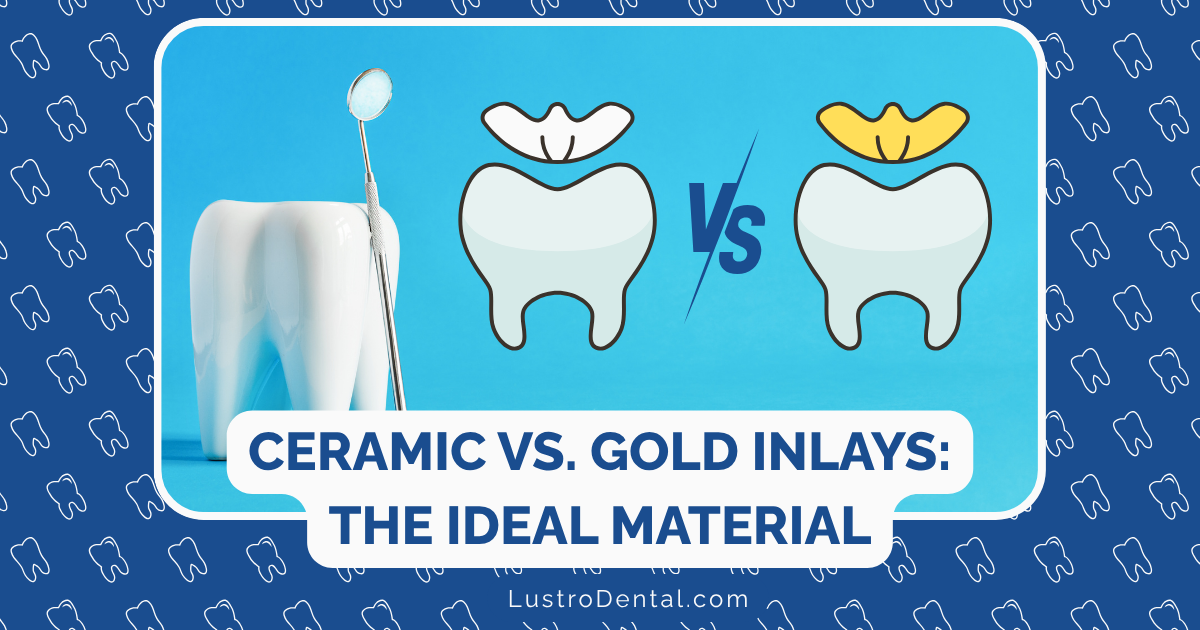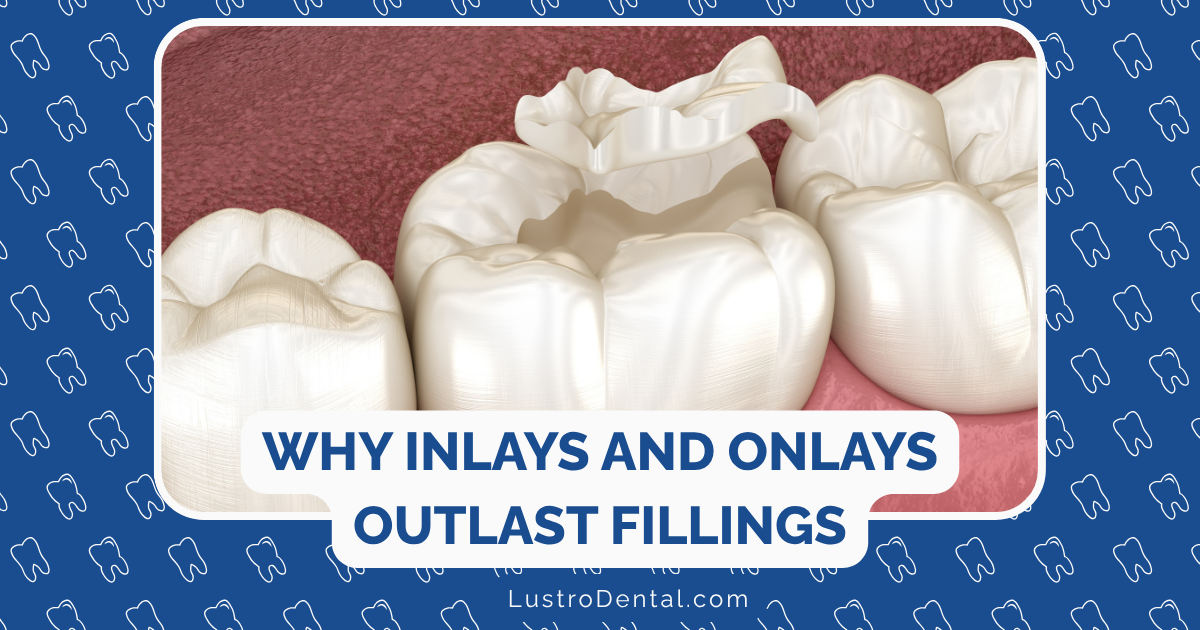The Implant Timeline: What to Expect From Consultation to Final Restoration

Dental implants have revolutionized tooth replacement, offering a solution that closely mimics natural teeth in both function and appearance. However, unlike many dental procedures that can be completed in a single visit, the implant process unfolds over several stages and months. Understanding this timeline is crucial for setting realistic expectations and preparing for each phase of treatment.
As someone who’s guided many patients through their implant journeys, I know that the waiting periods can sometimes feel challenging. But I’ve also witnessed how this carefully structured process leads to exceptional, long-lasting results that patients treasure for decades.
In this comprehensive guide, I’ll walk you through each stage of the dental implant timeline—from your initial consultation to the placement of your final restoration—so you can approach your treatment with confidence and clarity.
The Complete Dental Implant Timeline: An Overview
Before diving into the details, let’s outline the typical implant timeline from start to finish:
- Initial consultation and planning: 1-2 appointments (1-2 weeks)
- Preliminary procedures (if needed):
- Tooth extraction: 1 appointment + 2-3 months healing
- Bone grafting: 1 appointment + 3-6 months healing
- Implant placement surgery: 1 appointment (1-2 hours)
- Osseointegration period: 3-6 months
- Abutment placement: 1 appointment + 2 weeks healing
- Final restoration: 1-2 appointments
The total timeline typically ranges from 4-9 months for straightforward cases to 9-18 months for more complex situations requiring preliminary procedures. Let’s explore each phase in detail.
Phase 1: Consultation and Treatment Planning
What Happens
Your implant journey begins with a comprehensive evaluation to determine if you’re a good candidate for implants and to create a personalized treatment plan.
Typical appointments include:
- Initial consultation with clinical examination
- Diagnostic imaging (X-rays, CT scan)
- Discussion of options and treatment planning
- Financial consultation
Dr. Sarah Johnson, a prosthodontist at the American College of Prosthodontists, explains: “This planning phase is absolutely critical to the success of implant treatment. Modern 3D imaging allows us to precisely evaluate bone quantity and quality, identify anatomical structures to avoid, and determine optimal implant positioning before any surgical procedures begin.”
What to Expect
During this phase, your dental team will:
- Take a detailed medical and dental history
- Perform a comprehensive oral examination
- Capture CT scans or 3D images of your jaw
- Discuss your goals and expectations
- Present treatment options and recommendations
- Provide a detailed cost estimate and timeline
- Answer your questions about the process
Timeline
Duration: 1-2 weeks Number of appointments: Typically 1-2
Pro Tip
Come prepared with questions about the procedure, alternatives, costs, and recovery. This is the time to ensure you fully understand what lies ahead and to address any concerns.
Phase 2: Preliminary Procedures (If Needed)
Not all patients require preliminary procedures, but they’re common for many implant cases.
Tooth Extraction
If you still have a damaged tooth in the implant site, it will need to be removed before proceeding.
What to expect:
- Local anesthesia to ensure comfort
- Careful removal of the tooth
- Possible placement of bone graft material in the socket
- Instructions for post-extraction care
Timeline:
- Procedure: Single appointment (30-60 minutes)
- Healing period: 2-3 months (sometimes implants can be placed immediately after extraction, but often a healing period is recommended)
Bone Grafting
If you have insufficient bone volume to support an implant, bone grafting may be necessary.
What to expect:
- Outpatient procedure under local anesthesia (sometimes with sedation)
- Placement of bone graft material where needed
- Protective membrane placement
- Sutures to close the site
- Post-operative instructions
Timeline:
- Procedure: Single appointment (30-90 minutes)
- Healing period: 3-6 months for the graft to integrate with your natural bone
Dr. Michael Chen, an oral surgeon with the American Association of Oral and Maxillofacial Surgeons, notes: “While bone grafting adds time to the overall process, it’s an investment in the long-term success of your implant. Adequate bone volume is essential for proper implant stability and function.”
Phase 3: Implant Placement Surgery
This is the pivotal phase where the titanium implant post is surgically placed into your jawbone.
What Happens
Surgical procedure:
- Administration of local anesthesia (and possibly sedation)
- Creation of a small incision in the gum tissue
- Preparation of a precise channel in the bone
- Placement of the titanium implant
- Closure of the gum tissue (either over or around the implant)
- Placement of a healing cap in some cases
What to Expect
During the procedure:
- The surgery typically takes 1-2 hours per implant
- You’ll feel pressure but not pain during the procedure
- Many patients report the experience is easier than they anticipated
Immediately after:
- Some swelling and discomfort for 3-7 days
- Possible bruising around the implant site
- Prescription for pain medication and possibly antibiotics
- Detailed post-operative care instructions
According to the American Academy of Implant Dentistry, most patients report they’re able to return to work and normal activities within 1-3 days after implant surgery.
Timeline
Duration: Single appointment (1-2 hours) Recovery period: 7-14 days for soft tissue healing
Modern Advances
In 2025, many practices utilize computer-guided implant surgery, which offers several advantages:
- More precise implant placement
- Often allows for flapless surgery (no incisions)
- Reduced surgical time
- Faster recovery with less swelling and discomfort
Phase 4: Osseointegration Period
This critical healing phase allows the implant to fuse with your jawbone through a process called osseointegration.
What Happens
During this period:
- Bone cells grow onto and around the implant surface
- The implant becomes permanently anchored in the jaw
- No active treatment occurs during this time
- You’ll have periodic check-ups to monitor healing
Dr. Lisa Rodriguez, a researcher in implant dentistry, explains: “Osseointegration is the biological foundation of implant success. This process, where bone cells actually grow onto the implant surface, creates a bond that’s strong enough to support the forces of chewing for decades.”
What to Expect
- You’ll likely wear a temporary restoration during this period
- Your dentist may recommend a modified diet to protect the healing implant
- You’ll need to maintain excellent oral hygiene
- You should avoid smoking, as it significantly impairs osseointegration
Timeline
Duration: 3-6 months Number of appointments: 1-2 check-ups during this period
Factors Affecting Healing Time
Several variables can influence how long osseointegration takes:
- Bone quality and density: Denser bone typically allows for faster integration
- Implant location: Lower jaw implants often integrate faster than upper jaw implants
- Implant surface: Modern textured implants promote faster osseointegration
- Patient factors: Age, overall health, and habits like smoking can affect healing time
Phase 5: Abutment Placement
Once osseointegration is complete, the next step is placing the abutment—the connector piece between the implant and your final restoration.
What Happens
Surgical procedure:
- Local anesthesia is administered
- The gum tissue is opened to expose the implant (if it was covered)
- The healing cap is removed
- The abutment is attached to the implant
- The gum tissue is sutured around (not over) the abutment
- Impressions may be taken for the final restoration
What to Expect
- This is a minor surgical procedure compared to implant placement
- You’ll experience some gum tissue soreness for a few days
- The abutment will be visible above your gumline
- You may receive a temporary crown while your final restoration is being fabricated
Timeline
Duration: Single appointment (30-60 minutes) Healing period: 1-2 weeks for gum tissue to heal around the abutment
Modern Approaches
In some cases, the abutment is placed at the same time as the implant (one-stage protocol), eliminating this separate procedure. Your dentist will determine which approach is best for your specific situation.
Phase 6: Final Restoration
The final phase involves creating and placing the visible portion of your implant—the crown, bridge, or denture that will restore your smile and chewing function.
What Happens
First appointment:
- Impressions or digital scans of your mouth with the abutment in place
- Selection of tooth shade and shape
- Bite registration
- Sending specifications to the dental laboratory
Second appointment (typically 1-2 weeks later):
- Try-in of the restoration to check fit, bite, and aesthetics
- Adjustments if needed
- Final placement (either cementing or screwing the restoration onto the abutment)
What to Expect
- The final restoration appointment is non-surgical and comfortable
- You’ll be able to provide input on the appearance of your restoration
- Your dentist will make adjustments to ensure proper bite alignment
- You’ll receive care instructions for your new implant-supported tooth
Timeline
Duration: 1-2 appointments over 2-3 weeks Recovery period: None; you can use your new tooth immediately (though you may need to avoid very hard foods initially)
Digital Workflows in 2025
Modern dental practices increasingly use digital workflows that can significantly streamline this phase:
- Digital impressions eliminate the need for messy traditional impression materials
- CAD/CAM technology allows for precise design of the restoration
- In some cases, same-day restorations can be fabricated in-office
Special Circumstances: Variations in the Timeline
While the process outlined above represents a typical implant timeline, several factors can alter this schedule:
Immediate Load Implants
For some patients, “teeth in a day” protocols allow for placement of a temporary restoration on the same day as implant surgery.
Requirements:
- Excellent bone quality and quantity
- Good general health
- Sufficient implant stability at placement
- Often used for full-arch restorations (All-on-4® technique)
Timeline impact: Eliminates the waiting period without teeth, though the final restoration still requires the osseointegration period.
Immediate Placement After Extraction
In some cases, implants can be placed immediately after tooth extraction.
Requirements:
- Minimal infection at the extraction site
- Intact socket walls
- Sufficient bone beyond the socket for implant stability
Timeline impact: Can reduce overall treatment time by 2-3 months by combining extraction and implant placement.
Extensive Reconstructive Needs
Patients requiring significant bone reconstruction may have extended timelines.
Scenarios:
- Severe bone loss requiring multiple grafting procedures
- Sinus lift procedures for upper jaw implants
- Ridge augmentation for width and height
Timeline impact: May extend the overall process to 12-18 months.
Factors That Can Affect Your Personal Timeline
Every patient’s implant journey is unique. These factors may influence your specific timeline:
1. Oral Health Conditions
Existing conditions like periodontal disease must be treated before implant placement, potentially adding months to the process.
2. Medical History
Certain medical conditions and medications can affect healing and may require modified protocols or extended healing periods.
3. Bone Quality and Quantity
The condition of your jawbone is perhaps the most significant factor in determining your timeline, potentially necessitating preliminary procedures.
4. Smoking Status
Smoking significantly impairs healing and osseointegration. Most implantologists recommend quitting before implant treatment or at minimum during the healing phases.
5. Treatment Complexity
The number of implants and type of restoration needed will impact the overall timeline.
Managing Expectations: The Waiting Game
One of the biggest challenges for many patients is the waiting periods between stages. Here are some tips for managing this aspect of treatment:
Temporary Solutions
During the treatment process, you’ll typically have temporary options to maintain aesthetics and function:
- Removable partial dentures (flipper)
- Temporary bridges
- Essix retainers with prosthetic teeth
- Immediate load provisionals in some cases
Focus on the Long-Term Benefits
Remember that the careful, staged approach to implant treatment is designed to ensure optimal long-term results. As Dr. Robert Garcia, a prosthodontist, reminds his patients: “The waiting periods can be challenging, but they’re an investment in the success and longevity of your implants. When you consider that a successful implant can last decades—potentially the rest of your life—a few months of treatment time represents an excellent return on investment.”
Communication is Key
Maintain open communication with your dental team throughout the process. Understanding what’s happening during each phase and why certain waiting periods are necessary can help make the timeline more manageable.
Real Patient Experiences: Timeline Variations
Sometimes hearing from others who have completed the journey can provide valuable perspective:
“My straightforward single implant took exactly 5 months from extraction to final crown. The waiting wasn’t as difficult as I expected because my temporary looked quite natural.” — Michael, 42
“I needed extensive bone grafting, so my total process took 14 months. It was longer than I initially hoped, but absolutely worth it for the final result.” — Sarah, 58
“With the All-on-4 procedure, I received temporary fixed teeth the same day as my extractions and implant placement. After 4 months of healing, I got my permanent teeth. The ability to never be without fixed teeth made the process much easier.” — David, 65
Conclusion: The Journey to a Restored Smile
The dental implant process is indeed a journey—one that requires patience but leads to a destination worth reaching. While the timeline of 4-12+ months may seem lengthy compared to other dental procedures, it reflects the biological processes necessary to create a restoration that can potentially last a lifetime.
By understanding each phase of treatment and its purpose, you can approach your implant journey with realistic expectations and confidence in the process. The carefully structured timeline, though sometimes challenging, is designed with one goal in mind: providing you with replacement teeth that look, feel, and function like natural teeth for many years to come.
If you’re considering dental implants, discuss your specific situation with an experienced implant provider who can give you a personalized timeline based on your unique needs. With proper planning, expert care, and a bit of patience, you’ll be enjoying your completed implant restoration before you know it.
Have you had dental implant treatment or are you considering it? We’d love to hear about your experience with the process timeline in the comments below!







